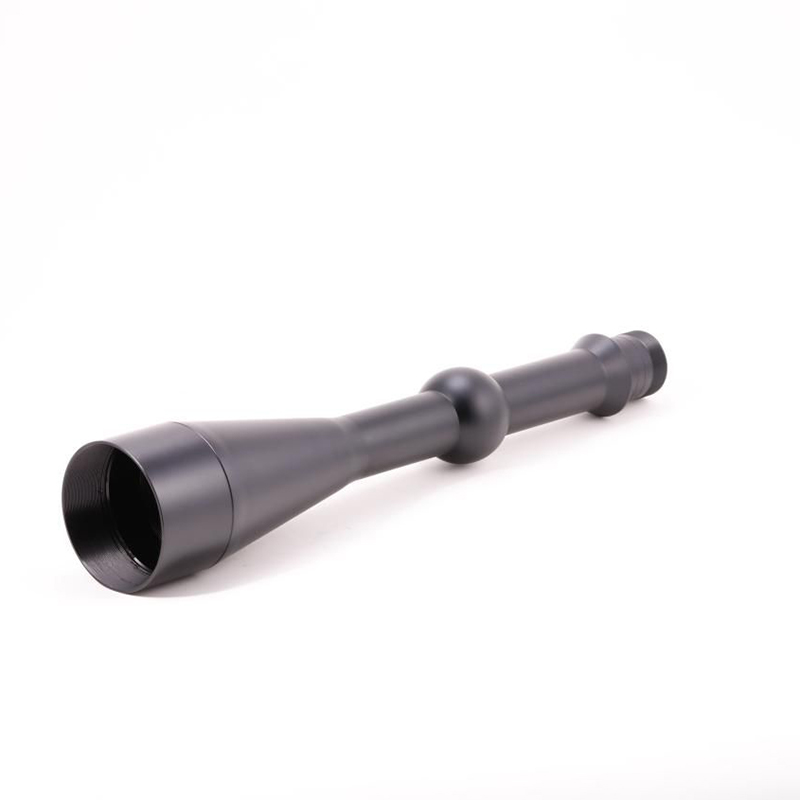What Are Telecentric Lens Mechanical Parts and Why Are They Important?
2025-07-09
Telecentric lens mechanical parts are the components that support, align, and enable the precise operation of telecentric lenses in optical systems. Telecentric lenses are specialized optical lenses used in machine vision, metrology, and imaging applications where distortion-free, high-accuracy measurements are required. The mechanical parts play a vital role in maintaining lens stability, alignment, and functionality.
What Is a Telecentric Lens?
A telecentric lens is designed so that its entrance or exit pupil is located at infinity, which means the lens maintains the same magnification regardless of the object distance within a certain range. This unique property eliminates perspective errors and distortion, making telecentric lenses ideal for precision measurement and inspection.

What Are the Common Mechanical Parts in Telecentric Lens Assemblies?
The mechanical parts associated with telecentric lenses include:
1. Lens Mounts:Securely hold the lens in place within the optical system, ensuring precise alignment and stability.
2. Focus Mechanisms:Allow for fine adjustment of the lens position to achieve sharp focus on the target object.
3. Aperture Adjusters:Enable control of the aperture size to regulate light intensity and depth of field.
4. Housing and Barrel:Provide structural support and protect internal lens elements from dust and damage.
5. Adapters and Couplers:Facilitate integration with cameras, sensors, or other optical components.
6. Shims and Spacers:Used for precise alignment and spacing between lens elements or modules.
Why Are Mechanical Parts Critical for Telecentric Lenses?
Precision Alignment:Mechanical parts ensure the lens elements remain perfectly aligned, which is crucial for maintaining telecentricity and accurate measurements.
Stability:Proper mounts and housing reduce vibration and mechanical stress that could degrade image quality.
Adjustability:Mechanical components like focus rings and aperture controls allow users to fine-tune optical performance for different applications.
Protection:Durable housings and mounts safeguard delicate lens elements from environmental damage.
What Materials Are Used for Telecentric Lens Mechanical Parts?
Common materials include:
Aluminum:Lightweight and corrosion-resistant, widely used for housings and mounts.
Stainless Steel:Offers high strength and durability for critical components.
Brass:Used in precision adjustment mechanisms due to good machinability.
Engineering Plastics:Sometimes used for lightweight parts with moderate strength requirements.
Where Are Telecentric Lens Mechanical Parts Used?
Machine Vision Systems:For quality control and inspection in manufacturing.
Metrology Equipment:High-precision measurement devices.
Medical Imaging:Devices requiring distortion-free optics.
Robotics:Vision-guided robotic systems.
Scientific Research:Microscopy and other optical instruments.
How to Choose Quality Telecentric Lens Mechanical Parts?
When selecting mechanical parts for telecentric lenses, consider:
1. Precision Manufacturing:High tolerance machining ensures accurate fit and function.
2. Material Quality:Choose materials that balance strength, weight, and environmental resistance.
3. Compatibility:Parts should be compatible with specific lens models and optical setups.
4. Adjustability Features:Consider mechanisms that offer easy and precise adjustments.
5. Supplier Reputation:Work with experienced manufacturers specializing in optical components.
Conclusion
Telecentric lens mechanical parts are essential for the reliable performance of telecentric optical systems. By ensuring precise alignment, stability, and adjustability, these mechanical components help maintain the lens’s unique distortion-free imaging capabilities. Selecting high-quality mechanical parts is crucial for achieving accurate and repeatable results in machine vision, metrology, and other demanding applications.


